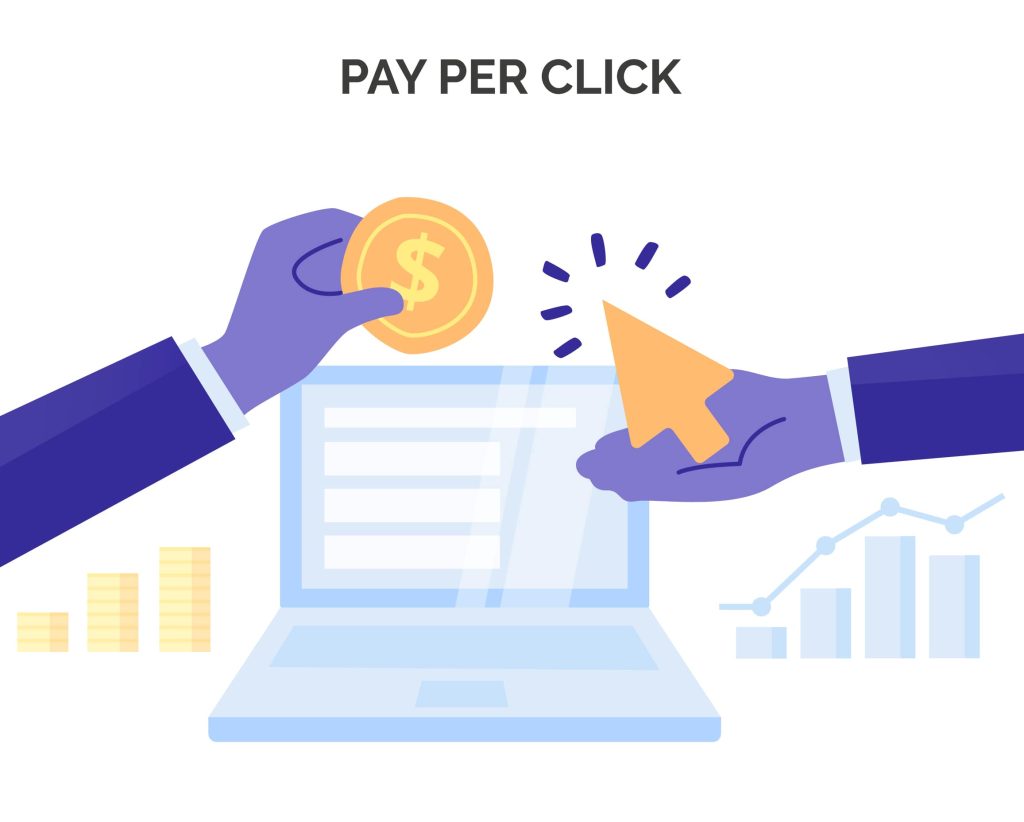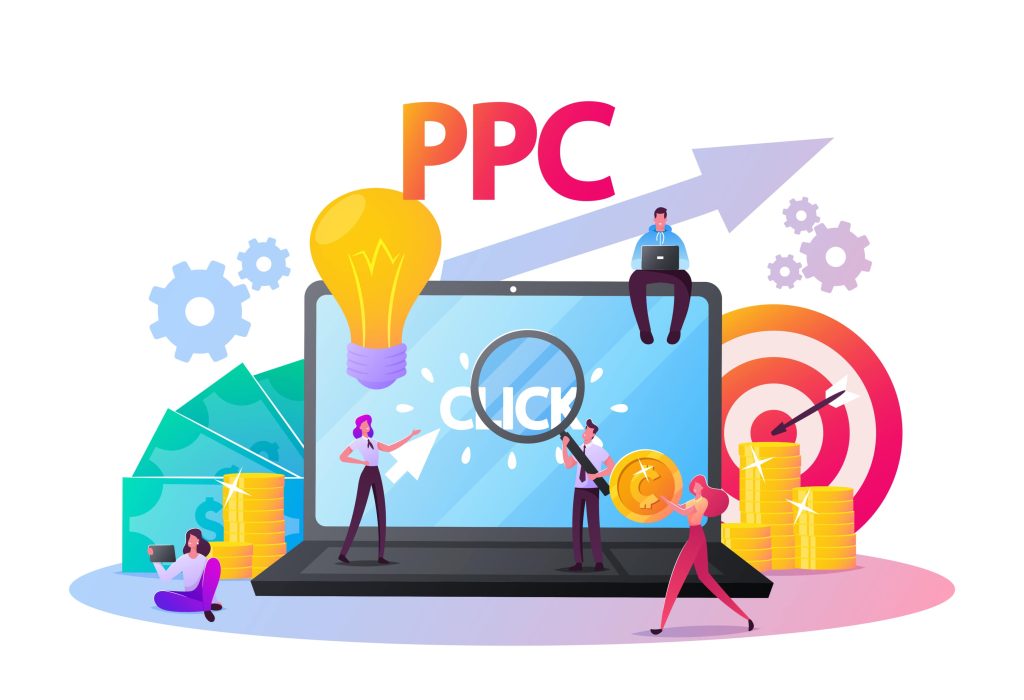Pay-per-click (PPC) advertising is a powerful digital marketing tool that can help businesses drive targeted traffic to their websites and generate leads and sales. In this article, we’ll explore some key steps to help you create successful PPC ad campaigns that deliver results.
Define Your Goals and Objectives
The first step in creating a successful PPC ad campaign is to define your goals and objectives. Once you have a clear understanding of your goals and objectives, you can develop a strategy to achieve them.
Identify Your Target Audience
The next step is to identify your target audience. Who are your ideal customers, and what are their interests and behaviors? By understanding your target audience, you can create ads that resonate with them and drive higher engagement.
Choose the Right Keywords
Keywords are the backbone of PPC advertising. Choose the right keywords that your target audience is likely to use in their search queries. Use tools such as Google Keyword Planner or SEMrush to research and identify the most relevant and profitable keywords for your campaign.

Craft Compelling Ad Copy
Your ad copy is what will attract potential customers to click on your ad. Craft ad copy that is compelling, clear, and relevant to your target audience. Highlight the unique value proposition of your product or service, and use a strong call-to-action to encourage users to click on your ad.
Optimize Your Landing Pages
Your landing page is where users will land after clicking on your ad. It’s crucial to ensure that your landing page is optimized for conversions. Make sure your landing page has a clear headline, compelling copy, and a prominent call-to-action. Keep the design clean and easy to navigate, and ensure that the page loads quickly.
Set Up Your Campaign
Now that you have defined your goals, identified your target audience, chosen your keywords, crafted your ad copy, and optimize your landing page, it’s time to set up your campaign. Use an advertising platform such as Google Ads or Bing Ads to create your campaign, and select your targeting options, ad groups, and bidding strategy.
Monitor and Adjust Your Campaign
PPC advertising is not a one-time activity. You need to monitor and adjust your campaign regularly to optimize performance. Keep an eye on your ad performance metrics, such as click-through rate (CTR), conversion rate, and cost per click (CPC), and make adjustments as needed.

Analyze Your Results
Finally, analyze your campaign results to measure the success of your campaign. Use tools such as Google Analytics to track user behavior on your website, and compare your campaign metrics to your goals and objectives. Use these insights to refine your campaign strategy and make data-driven decisions.
In conclusion, PPC advertising is a powerful digital marketing tool that can help businesses drive targeted traffic to their websites and generate leads and sales. However, creating effective ad campaigns requires careful planning and execution.
By defining your goals and objectives, identifying your target audience, choosing the right keywords, crafting compelling ad copy, optimizing your landing pages, setting up your campaign, monitoring and adjusting your campaign, and analyzing your results, you can create successful PPC ad campaigns that deliver results.


